
Most garden centers typically carry one size of any given perennial. So why spend time thinking about perennial sizes if your choices are limited? Because learning about them can help you plan better and plant smarter, and changes in the industry’s supply model are giving gardeners more options.
FROM START TO FINISH To understand sizes, it’s helpful to know a little about plant production. With perennials, young or bare-root plants are stepped up into larger sizes until they reach the final “finished” size. The starter plants are supplied by wholesale growers who specialize in producing starter plant material. Further down the supply chain the “finished growers” take the starter plants and grow them into the larger sizes destined for retail sales or the landscape.
In this article we’ll focus on the perennial sizes that are most likely to be available to an end consumer—essentially, what you find at retail sources. Those sizes fall into two categories: containerized plants and plugs.
In a garden center or other brick-and-mortar retail setting, perennials are usually containerized, meaning they’re in nursery pots. Plugs are actually starter plants, once a wholesale product that was typically sold only to those in the nursery trade. They’re now increasingly available through retail and online sources.
CONTAINERIZED PLANTS
Plant shoppers know that the look and shape of nursery pots vary widely. They’re square, they’re round, they’re short and fat, tall and thin and everything in between.
هذه القصة مأخوذة من طبعة November - December 2023 من Horticulture.
ابدأ النسخة التجريبية المجانية من Magzter GOLD لمدة 7 أيام للوصول إلى آلاف القصص المتميزة المنسقة وأكثر من 9,000 مجلة وصحيفة.
بالفعل مشترك ? تسجيل الدخول
هذه القصة مأخوذة من طبعة November - December 2023 من Horticulture.
ابدأ النسخة التجريبية المجانية من Magzter GOLD لمدة 7 أيام للوصول إلى آلاف القصص المتميزة المنسقة وأكثر من 9,000 مجلة وصحيفة.
بالفعل مشترك? تسجيل الدخول
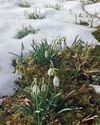
GAGA FOR GALANTHUS
As easy as they are irresistible, snowdrops boast a devoted and growing following
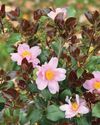
NEW PLANTS
Multiseason Marvels
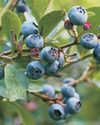
BLUEBERRIES & CO.
Members of the genus Vaccinium provide sweet flavor, health benefits and beauty in the garden
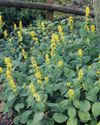
AN ECOLOGICAL AGREEMENT
How three great minds think alike

Take It Indoors
Cs the growing season dwindles, _ potted cittus became a summer souuenir
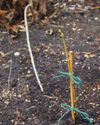
ROOTED IN PLACE
LAYERING IS A PROPAGATION TECHNIQUE THAT TAKES A WHILE TO COMPLETE, BUT IT DEMANDS LITTLE EFFORT FROM THE GARDENER

AT HOME WITH PLANTS
Business travel and pleasure trips helped inspire this Cincinnati garden

THE GARDEN GOES DARK
Yes, gardens have their dark side. But-surprise! A garden's darkness can be good, not sinister.
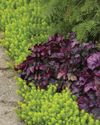
LOW-WATER WONDERS
EXPLORE ONE PLANTSMAN'S DROUGHT-TOLERANT FAVORITES FOR EACH LEVEL OF THE GARDEN
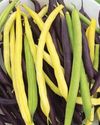
Succeed With Succession- The best crops to plant throughout summer, plus how to time them right
The best crops to plant throughout summer, plus how to time them right. Once a crop like spring turnips or snap peas has finished, I tidy up the bed, amend the soil with a thin layer of compost and replant. Depending on the new crop, I may be sowing seeds or transplanting seedlings.